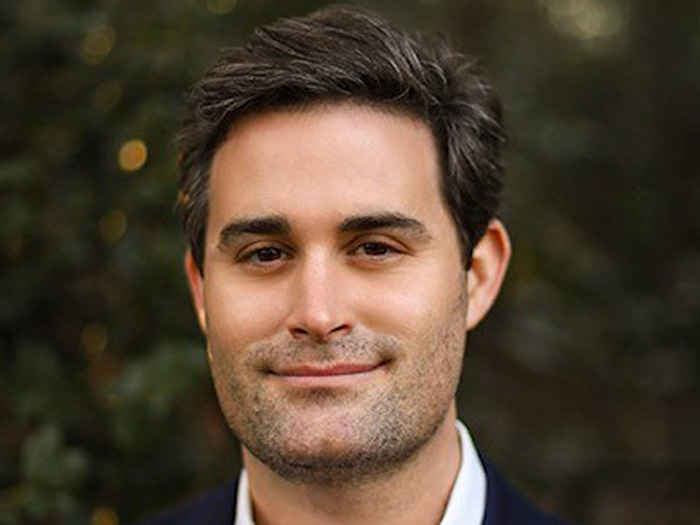OSHA’s Topsy-Turvy Road to Finally Creating COVID Workplace Standards: Here’s Where Things Stand, For Now Anyway

After months of back and forth, an OSHA-issued emergency temporary standard for COVID-19 is finally on the horizon.
On April 26, the Department of Labor submitted their proposed rule to the White House’s Office of Management and Budget for review and the Biden administration held meetings with organizations ranging from unions to business groups to discuss the rule through May 5.
Though the exact standards have yet to be revealed, the rule could require employers to enforce social distancing guidelines, implement a written plan of COVID-19 safety protocols and provide masks for their workers.
Any rules enforced by OSHA will likely shift in accordance with changing public health guidance as more American adults become vaccinated and the risk of contracting COVID-19 in the workplace goes down.
What Employers Need to Know
Though there is no firm date for when the standard will take effect, it could provide some much needed guidance for employers when it comes to managing COVID-19 in the workplace.
Currently employers are juggling a variety of shifting state, local and CDC guidelines when it comes to figuring out how to keep workers safe from the virus while on the job.
“It will take away some uncertainty by being more prescriptive,” said Gary Pearce, chief risk architect at Aclaimant.
OSHA has contributed to this uncertainty by waffling on what safety standards it’ll require workplaces to follow to fight the COVID-19 pandemic.
Under the Trump administration, officials argued that employers must only report COVID-19 hospitalizations if a worker was knowingly exposed on the job, raising concerns that OSHA would be unaware of massive outbreaks.
When President Biden took office in January 2021, he immediately moved to clarify what employers need to do to keep workers safe from COVID-19. On his first full day in office, he issued an executive order directing OSHA to issue any emergency temporary standards by March 15, and in February the organization put out a list of guidelines for helping employers keep their workers safe from COVID-19.
“They are fighting their own precedent in terms of what OSHA argued last year,” Pearce said.
After that, things stalled however, with the March 15 deadline passing by without OSHA issuing an emergency temporary standard. In early April, the Department of Labor paused the process of issuing an emergency temporary standard while it pondered whether the standard was necessary as COVID case counts and deaths declined in the U.S.
Now, an emergency temporary standard is back on the table, and it will likely be similar to the guidelines OSHA issued earlier this year.
The standard may require employers to have a written plan for COVID-19 safety, procedures for cleaning and disinfecting the workplace, social distancing guidelines for employees, mask supplies and training for the workforce, the National Law Review reports.
If a standard is issued, it is expected to face legal challenges, Pearce noted, and it may not hold up in court. “Emergency temporary standards have a poor track record of surviving legal challenges and scrutiny,” he said.
Will Standards Shift as More Americans Get Vaccinated?
Part of the reason that OSHA may have delayed issuing an emergency temporary standard is to observe trends as more and more Americans get vaccinated, and COVID infections decline. Currently just over 47% of Americans have received at least one dose of a vaccine and the CDC reports 37.8% of the country is fully inoculated.
Still, there is some hesitancy amongst Republicans in particular to get vaccinated. A PBS News Hour poll found that 41% of Republicans say they do not plan to get vaccinated, compared to 4% of Democrats. If vaccination rates stall, it may be difficult for the U.S. to reach herd immunity.
“There’s a concern that the percentage of the population that’s going to get vaccinated will max out,” Pearce said.
CDC guidance has shifted in recent weeks to allow those that have been fully vaccinated to forgo wearing masks in both indoor and outdoor public spaces. So some elements that people thought would be in the emergency temporary standards — like requiring employers to supply workers with masks — may no longer be applicable.
As guidance shifts, the best thing employers can do to reduce the risk of a legal challenge of COVID-19 safety protocols is to do their best to keep their employees safe and protected.
“I think the standard remains as it’s been all along, that you need to do what’s right,” Pearce said. &










